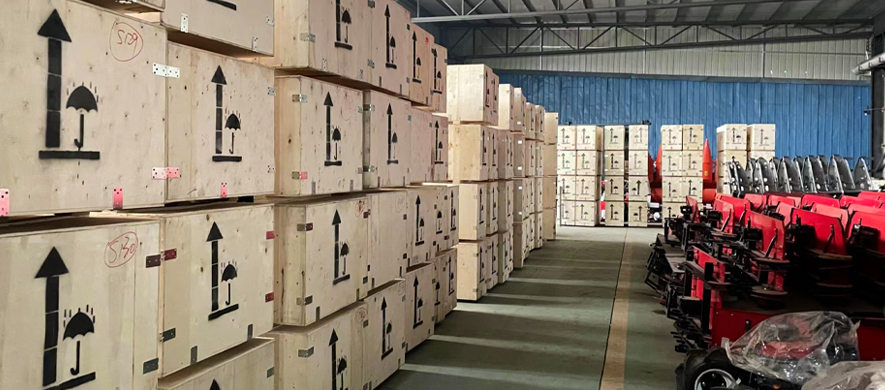Versatile Agricultural Solutions for Efficient Harvesting with Multi-Crop Reapers in Modern Farming
The Multi Crop Reaper Revolutionizing Agriculture
In recent decades, agriculture has undergone a significant transformation, harnessing technology to meet the growing demands of the global population. One of the most remarkable innovations in this sector is the multi crop reaper, a machine designed to streamline the harvesting process for various types of crops. This remarkable equipment not only enhances productivity but also improves the efficiency and sustainability of farming practices.
A multi crop reaper is an agricultural machine that can harvest multiple types of crops with minimal adjustments. This versatility is a significant advantage, especially in regions where farmers cultivate diverse crops such as wheat, barley, rice, and soybeans. Traditional reaping methods are often labor-intensive and time-consuming, requiring farmers to invest considerable amounts of manual labor, particularly during the harvest season. The introduction of multi crop reapers has alleviated this burden, allowing farmers to complete large-scale harvests in a fraction of the time.
One of the core benefits of multi crop reapers is their ability to adapt to different crop types with ease. These machines are typically equipped with interchangeable headers and cutting mechanisms tailored for various crops, allowing a single machine to handle different harvesting tasks. This feature not only saves on costs—by reducing the need for multiple specialized machines—but also ensures that farmers can respond more flexibly to market demands and changing agricultural conditions.
Moreover, the efficiency brought by multi crop reapers plays a crucial role in minimizing waste
. By ensuring that crops are harvested at the optimal time, farmers can prevent losses caused by over-ripening or adverse weather conditions. The advanced technology embedded in these machines, such as GPS navigation and automated cutting systems, ensures that every inch of cultivated land is utilized effectively, garnering the maximum yield possible.multi crop reaper

Additionally, the widespread adoption of multi crop reapers fosters sustainability in agriculture. With less reliance on human labor, these machines can significantly reduce the carbon footprint associated with traditional farming methods. They require less fuel per unit of output compared to multiple smaller machines, leading to lower emissions. Furthermore, efficient harvesting translates to less field time for crops, which helps preserve soil structure and reduces the likelihood of soil degradation—a growing concern in modern farming.
Despite the numerous benefits, the implementation of multi crop reapers is not without challenges. The initial investment costs can be substantial, putting this technology out of reach for some small-scale farmers. Additionally, the need for operator training and maintenance can pose hurdles in certain regions, particularly in developing countries where access to expertise and resources may be limited.
However, there are ongoing efforts to address these concerns. Many governments and agricultural organizations are working to provide subsidies, training, and resources to help smallholder farmers integrate this technology into their operations. By promoting cooperative farming and sharing machinery among farmers in a community, it becomes possible to distribute the costs and maximize the benefits of multi crop reapers.
In conclusion, the multi crop reaper represents a significant advancement in agricultural technology, offering an efficient, cost-effective, and sustainable solution for modern farming. As global food demands continue to rise, embracing innovations like the multi crop reaper will be crucial in ensuring food security while promoting environmentally-friendly practices. As farmers adapt to these changes, the future of agriculture looks promising, paving the way for a more productive and sustainable industry.
Latest news
-
When to Upgrade Your Old Forage HarvesterNewsJun.05,2025
-
One Forage Harvester for All Your NeedsNewsJun.05,2025
-
Mastering the Grass Reaper MachineNewsJun.05,2025
-
How Small Farms Make Full Use of Wheat ReaperNewsJun.05,2025
-
Harvesting Wheat the Easy Way: Use a Mini Tractor ReaperNewsJun.05,2025
-
Growing Demand for the Mini Tractor Reaper in AsiaNewsJun.05,2025







